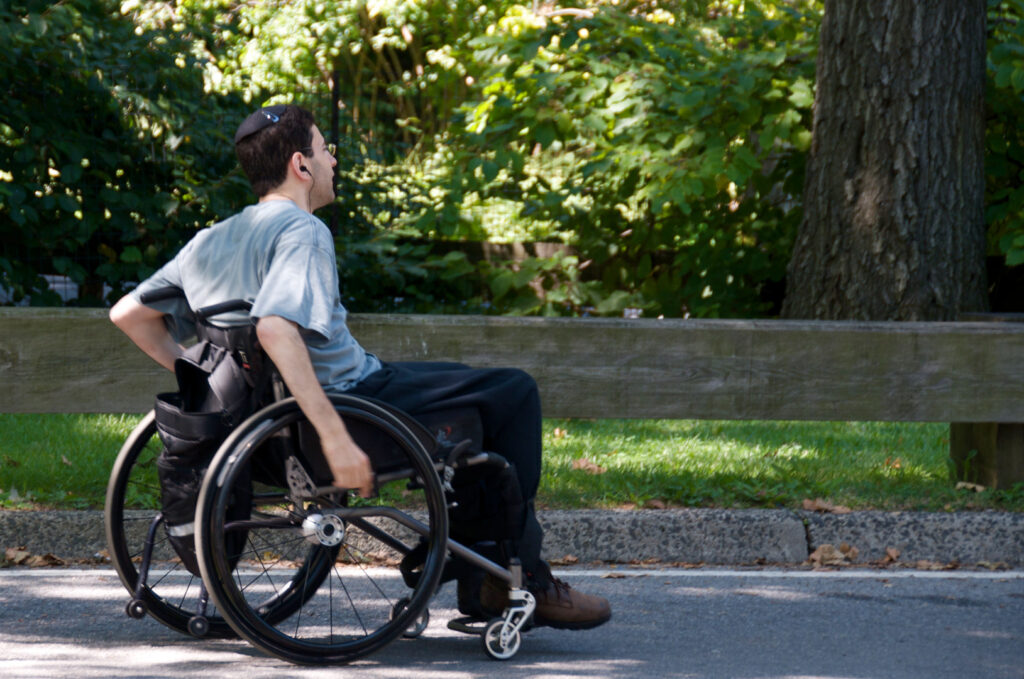
As the name suggests, catastrophic injuries have a devastating impact on victims and their loved ones. They can be physical, emotional or mental injuries, or (as is often the case) some combination thereof.
Catastrophic injuries include the following:
- significant brain injury
- quadriplegia
- paraplegia
- hemiplegia (inability to move a group of muscles in one side of the body)
- loss of a limb
- severe large-area burns
By definition, catastrophic injuries have a serious effect on many areas of a person’s life, such as:
- ability to earn income
- enjoyment of life
- ability to further their education
- ability to complete household chores
Because of the massive impact on a person’s life, catastrophic injuries can result in a large settlement for the victim. You can read more about large settlements in our blog post about maximum damages.
The settlement for a catastrophic injury will include non-pecuniary damages to compensate for pain and suffering. It will also include pecuniary damages to compensate for past and future loss of income, cost of future care, expenses incurred and other measurable losses. It may also include punitive damages if the behaviour of the defendant was particularly egregious.
It can be very difficult to attach a dollar figure to the losses suffered by the victim of a catastrophic injury. Assumptions must be made about future career paths and employability, for example. Experts such as actuaries and vocational specialists are used to estimate losses. This can be especially difficult when a young person suffers serious catastrophic injuries.
